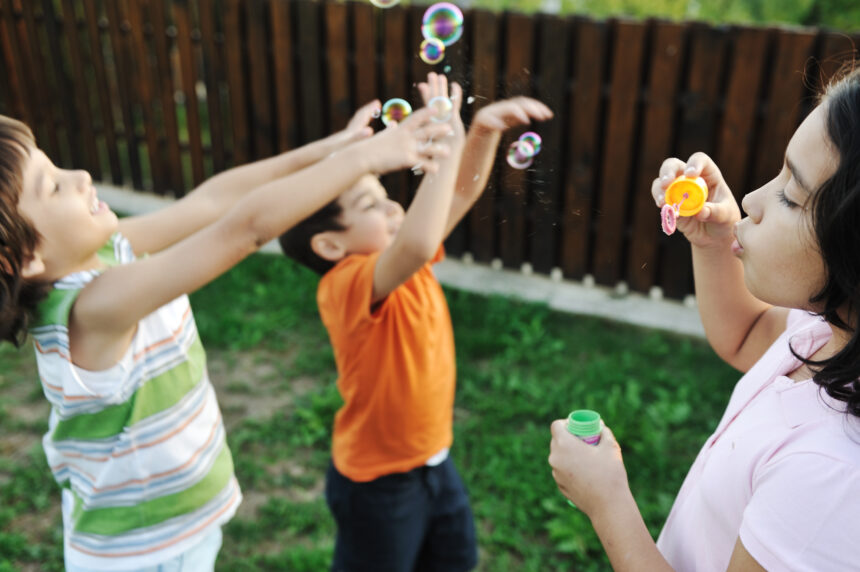The Importance of Play and Learning Balance in Early Years Education

In today’s blog post, we’re delving into a topic that lies at the heart of effective education: striking the right balance between play and structured learning in early years setting exploring how this equilibrium lays the foundation for a well-rounded educational journey.
The Power of Play:
Play is the gateway to learning for young children. It’s through play that they explore, experiment, and make sense of the world around them. Play supports cognitive, social, emotional, and physical development, and it’s essential for building a strong foundation of skills.
Structured Learning:
Structured learning involves intentional, planned activities that aim to achieve specific learning outcomes. These activities often include teacher-led lessons, guided group projects, and skill-focused tasks.
Benefits of a Play-Learning Balance:
- Holistic Development: Play and structured learning complement each other. Play nurtures creativity, problem-solving, and social skills, while structured learning introduces new concepts and builds academic foundations.
- Personalized Learning: Balancing play and structured learning allows educators to tailor their approach to each child’s learning style and needs.
- Joyful Engagement: Play brings joy and excitement to the learning process, making children eager to explore and discover.
- Preparation for School: Structured learning prepares children for the more formal academic environment they’ll encounter in later years.
Strategies for Finding Balance:
- Integrated Learning: Infuse play into structured learning by using games, hands-on activities, and interactive approaches.
- Themes and Projects: Design thematic units that incorporate both play-based exploration and focused learning objectives.
- Flexible Scheduling: Allocate specific times for structured learning while also allowing for extended periods of child-led play.
Observation and Assessment:
- Informed Planning: Observe children’s play to identify their interests and strengths. Use this insight to tailor structured learning activities that align with their curiosity.
- Ongoing Evaluation: Continuously assess the effectiveness of your approach. Are children engaged and enthusiastic? Are they making progress in their learning goals?
Parent Communication:
- Open Dialogue: Keep parents informed about the balance between play and structured learning in your setting. Explain the benefits of both approaches.
- Home Play-Learning Connection: Suggest play-based activities that families can engage in at home to complement structured learning.
Reflection and Adaptation:
- Regular Review: Reflect on the outcomes of your play-learning balance strategy. What’s working well? What could be adjusted?
- Flexibility: Be open to adapting your approach based on the evolving needs and interests of the children in your care.
Striking the right balance between play and structured learning requires thoughtful planning, continuous evaluation, and a deep understanding of each child’s unique learning journey. By embracing both approaches, you’re cultivating curious, capable learners who are ready to explore and excel in the world around them.



Comments are closed.